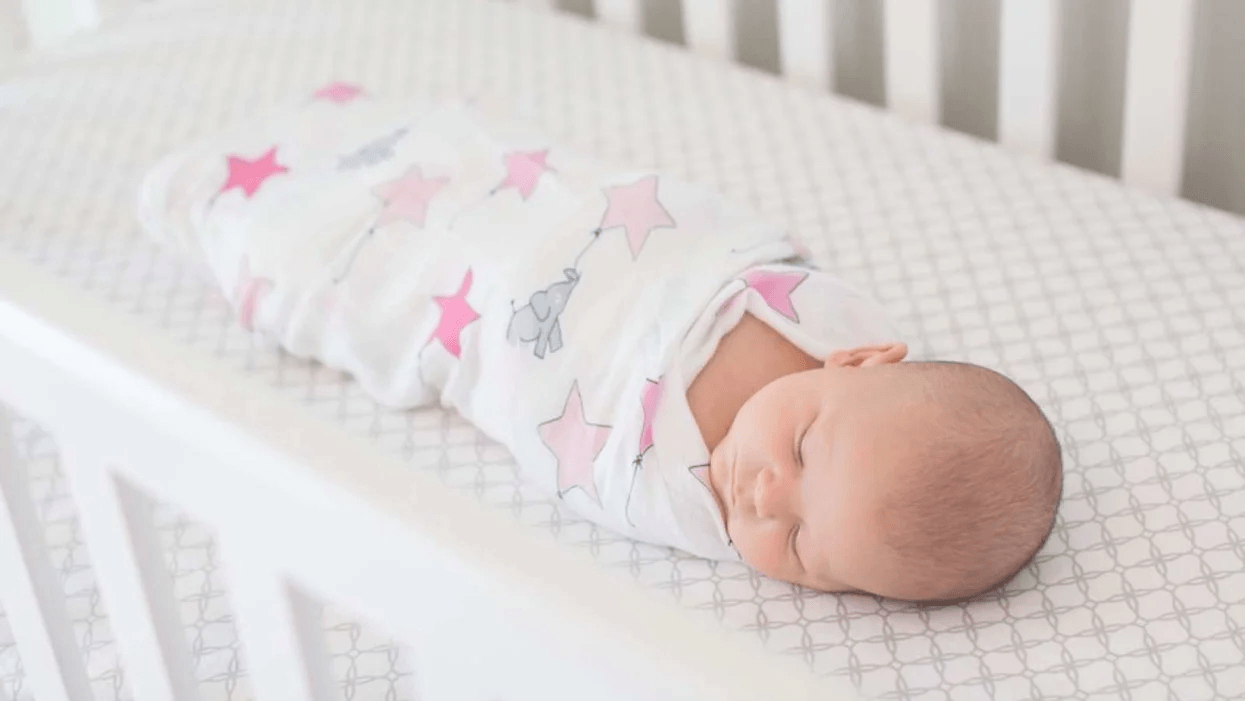*Everyone* needs to know safe infant sleep practices—from Grandma to the babysitter

Recommendations have changed since the time most of us were babies.
You can swaddle a baby with one hand, change a diaper in the dark and know to always, always put baby to sleep on her back in a crib or bassinet free from blankets, toys and clutter.
As parents, these baby-care principles become second nature in a hurry. But a new study on the characteristics of SIDS deaths underlines the importance of educating other people who will be caring for your baby on the latest safe sleep guidelines.
In the study published this month in the Journal of Pediatrics, a review of 10,490 SIDS deaths in the United States between 2004 and 2014 found those who died under nonparental supervision were more likely to be placed to sleep on their sides or stomachs and were more likely to be in an unsafe sleep environment, such as on a couch or set of pillows.
Study author Jeffrey Colvin, MD, of Children’s Mercy Kansas City tells Motherly this is why it’s essential for parents to consider where their baby will sleep while under the eye of grandparents, babysitters or other caregivers.
“We usually always talk about how much to feed my infant and about here is a change of clothes and here are some diapers in case you need diapers,” Colvin says. “But did we talk about back to sleep and did we talk about only using a crib or bassinet? Do my parents or babysitter even have a crib or bassinet?”
The analysis found that friends and relatives were the least likely to adhere to safe sleep guidelines when it came to the use of a crib or bassinet. For some parents, this can feel like a challenge when you’re in someone else’s home. But there are plenty of options for ultra-lightweight, portable bassinets that can help you put baby to sleep outside the home and still have peace of mind.
When someone else is watching baby during nap time, co-author Rachel Moon, MD, of the University of Virginia School of Medicine, says in a press release that parents “can’t make any assumptions” the caregiver will know the safest sleep practices—especially because recommendations have changed since the time most of us were babies.
The current safe sleep guidelines revolve around the ABCs: The infant needs to sleep ALONE, on her BACK and in a CRIB free from toys or blankets.
Simple as these guidelines may seem, they are so important—as statistics show the number of SIDS deaths has fallen since the “Back to Sleep” campaign began in the 1990s. Now, let’s just make sure everyone is on the same page.





































